Do you have a question about the Boston Scientific EPT-1000 XP and is the answer not in the manual?
Naming conventions used in the operator's manual for system components and catheters.
Overview of the manual's content and importance of reading it before operation.
Lists the functionalities and capabilities of the EPT-1000 XP™ Cardiac Ablation System.
Details the built-in safety mechanisms and automatic shutoff conditions for the system.
Explains the two operating modes: Power Control and Temperature Control.
Specifies the medical conditions for which the system is indicated.
Lists conditions or patient types for which the system should not be used.
Critical safety warnings regarding operation, radiation, pacemakers, and catheter placement.
Guidelines to follow to prevent patient injury, equipment damage, and ensure proper use.
Lists possible complications and adverse events that may occur during or after ablation.
Details the system components included in the shipping carton and the unpacking procedure.
Instructions for repacking the controller for service or transfer.
Describes the location and function of controls and displays on the system's front panel.
Explains control mode indicators (LEDs), control button, and related displays.
Describes the POWER and TEMPERATURE panels and their associated buttons.
Explains IMPEDANCE, TIME, and COUNTER displays and their functions.
Details CALIBRATION button, RF POWER CONTROL button, and their functions.
Describes Isolated Patient Connector and MAINS power display.
Describes rear panel ports including analog outputs, volume, serial, auxiliary, and ground stud.
Details RF POWER, IMPEDANCE, and TEMPERATURE analog output ports.
Describes volume control, serial port, auxiliary outlet, and ground stud.
Describes the functionality and usage of the footswitch.
Details the features and connections of the XP APM.
Instructions for initial installation, connecting APM, catheter, DIP electrodes, and footswitch.
Instructions for connecting APM to recording equipment, catheter, and DIP electrodes.
Connecting the footswitch and turning on the controller.
Describes the system's state after successful self-test, ready for parameter setting.
How to select control modes, RF power output, and temperature setpoints.
How to select desired temperature and set RF power delivery duration.
How to reset the counter and adjust audio volume.
Explains readings on TEMPERATURE, IMPEDANCE, TIME, COUNTER, and CONTROL displays during operation.
Steps to correct high impedance and interpret display readings during interruption.
Instructions for inserting and manipulating the Steerable Ablation Catheter.
How to stop RF power delivery.
Lists reasons for interruption of RF power delivery.
How displays indicate interruption and readiness for next delivery.
Procedures for cleaning and disinfecting the controller and accessories.
Instructions for replacing the main fuse in the controller.
Instructions for replacing fuses for the auxiliary power outlet.
Lists general specs for power, footswitch, APM dimensions, connectors, and filters.
Specifications for line power, auxiliary power, and footswitch cable.
Specifications for XP APM connectors, filters, power outputs, and impedance.
Specs for controller dimensions, time, counter, and leakage.
Specifications for analog outputs during calibration mode.
Environmental specifications for storing the system.
Environmental specifications for operating the system.
Details the manufacturer's warranty for the instrument.
Excludes implied warranties of merchantability and fitness.
Limits the buyer's recourse for damages.
| Brand | Boston Scientific |
|---|---|
| Model | EPT-1000 XP |
| Category | Medical Equipment |
| Language | English |
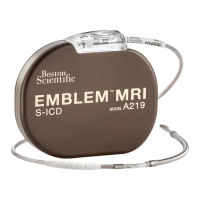

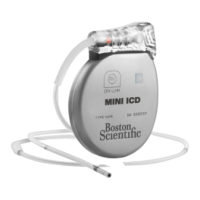

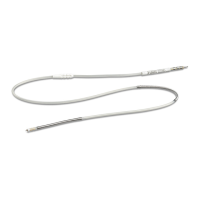
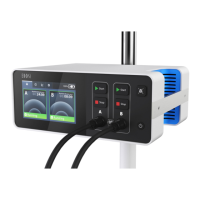
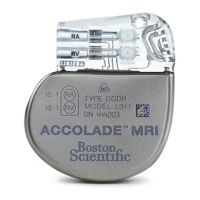
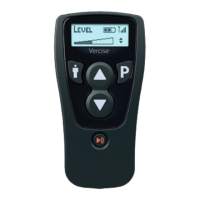
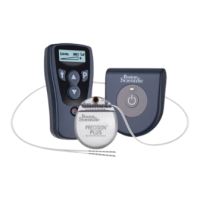
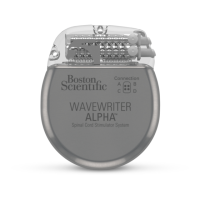
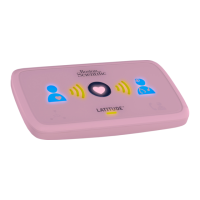
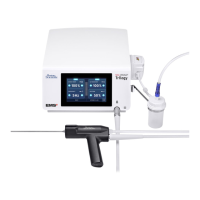
